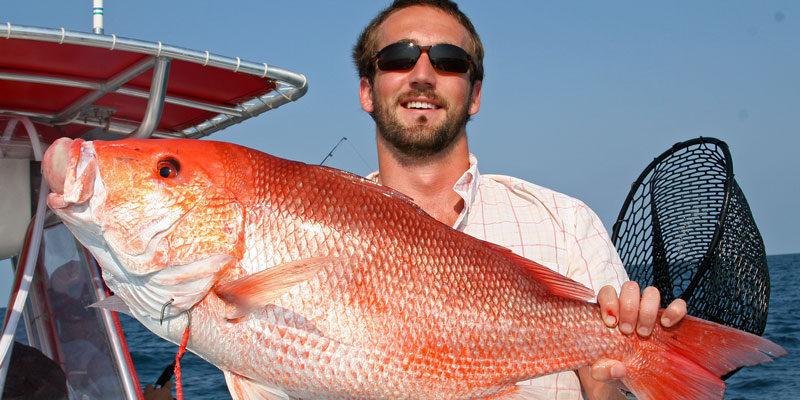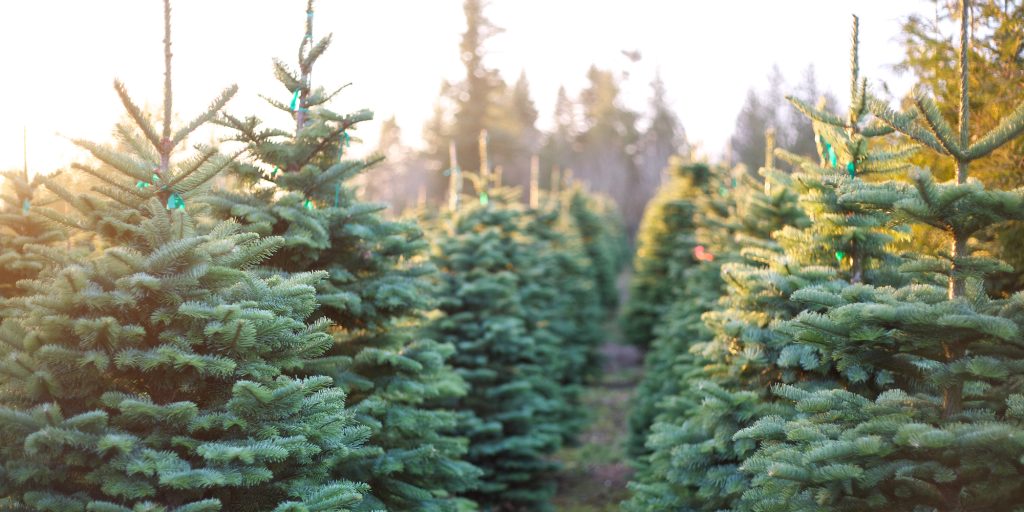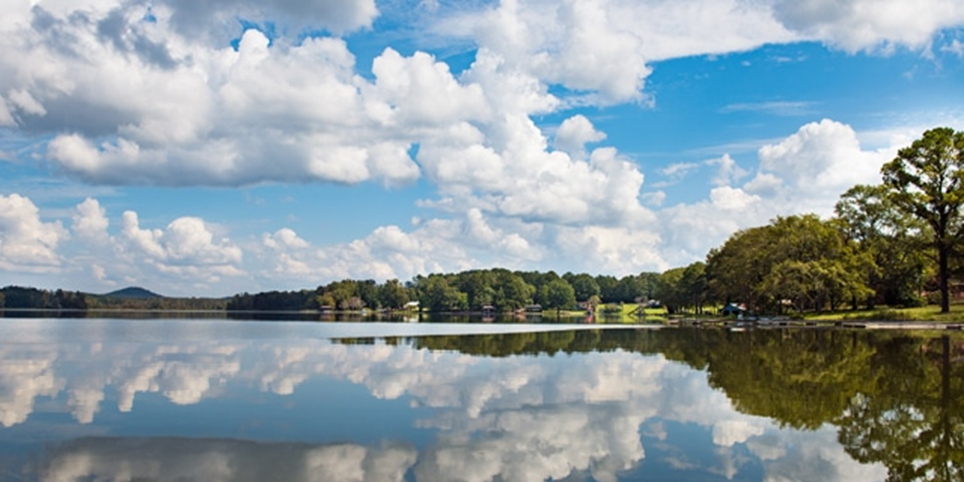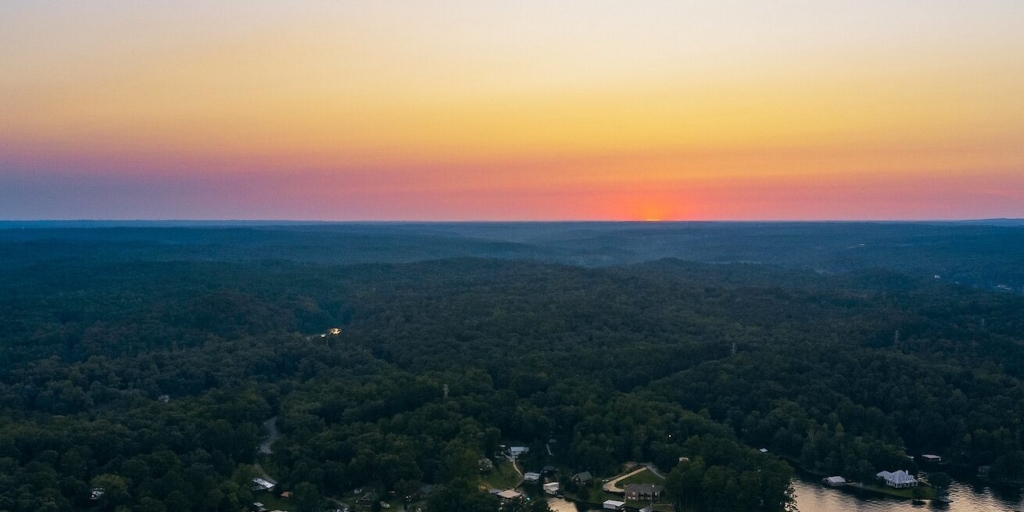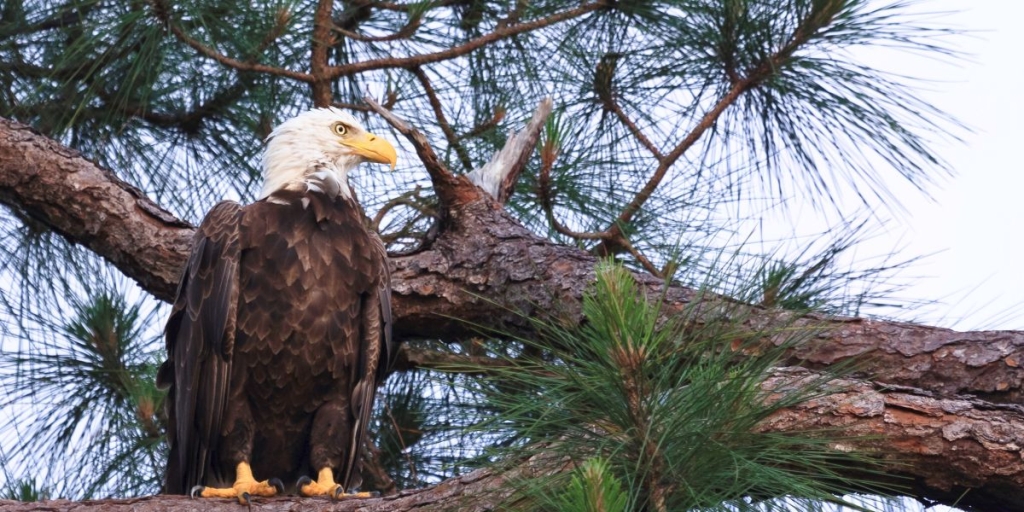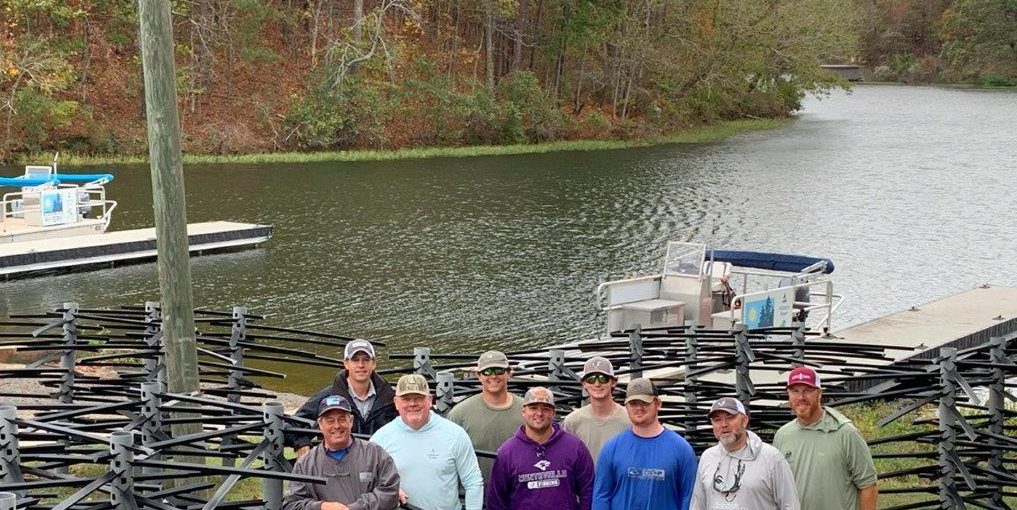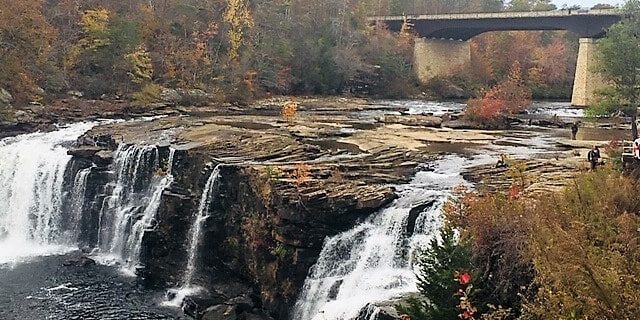The restoration and preservation of Lightning Point, one of Alabama’s most iconic and important coastal habitats, is getting a big boost thanks to the efforts of some area high school students and volunteers.
About two dozen students from Bayou La Batre‘s Alma Bryant High School recently joined volunteers from The Nature Conservancy in Alabama (TNCA) and Dauphin Island Sea Lab (DISL) to replant native marsh grasses at Lightning Point. The work was funded thanks in part to a Students to Stewards grant from the Alabama Power Foundation.
“I’m just so relieved and excited to finally be here,” said Pamela Baker, lead teacher of the Coastal Environmental Science program at Alma Bryant High School. “We were supposed to come out last April to replant but then COVID happened. We’re just thrilled to be here.”
The project began in 2019 when Baker reached out Tina Miller-Way at DISL looking for hands-on learning opportunities for her students. Miller-Way connected Baker with TNCA’s Mary Kate Brown, who was leading an effort to restore and preserve the southernmost tip of Bayou La Batre’s Lighting Point, which was struggling to recover from long-term erosion caused by years of hurricanes. Lightning Point is the hub of Alabama’s fishing and seafood processing industry.
“We have an active education program and we’re always looking for opportunities to get students out into the environment and see and do for themselves,” Miller-Way said. “In working with TNCA, we learned about this project and, of course, the school that we looked toward is Alma Bryant because this is in their backyard. They have a vested interest in coming out.”
Before restoration began, students at Alma Bryant came out to Lightning Point and collected seeds and cuttings from the native marsh grasses growing at the site, including the juncus black needlerush and the spartina smooth cordgrass. They then grew more marsh grasses in the school’s 14,000-square-foot greenhouse.
“It’s very exciting,” said Kevin Simmons, a 12th grader at Alma Bryant High School. “I really like the development. I like how it’s grown. I like how our community has come together to be able to build this up. I know past hurricanes have torn this place apart. I’m just glad we are able to come out here and rebuild it.”
As the students grew the plants in the school greenhouse, TNCA and its partners got busy restoring Lightning Point. From November 2019 until summer 2020, crews installed two jetties at the mouth of the channel and 1.5 miles of overlapping, segmented breakwaters along both sides of the navigation channel, creating nearly 40 acres of coastal wetlands. The work was completed just as 2020’s unusually active hurricane season began, where four storms affected the region within four months: Tropical Storm Cristobal, Hurricane Marco, Hurricane Sally and Hurricane Zeta. Brown said everything held up well.
“It did everything it was supposed to do,” Brown said. “We were really kind of nervous about what we would see afterward but the revetment protected the site. Our engineers at Moffatt & Nichol took in those considerations of extreme wave occurrences and that’s why the breakwaters did the job to stop the wave erosion. We were very fortunate.”
On April 28, the students returned to Lightning Point to plant the marsh grasses they had grown in the school’s greenhouse, adding to the 90,000 native grasses and scrub-shrub TNCA and its contractors had already planted since July.
“This is really exciting,” said Alma Bryant High School sophomore Jayda Gregson said. “I’ve never done anything like this before where you’re regrowing a beach, basically. It’s something new to me and I’m very happy to be experiencing this.”
Miller-Way said she is thrilled to see the students involved.
“It’s hands-on and doing, as opposed to talking about and seeing pictures of, and we don’t get enough opportunities to come out, especially in the past year,” Miller-Way said. “That is our mission: to get kids out into the field to see and to do and learn experientially, and what better way than to put them to work out here putting some plants in the ground.”
Baker said she appreciates everyone’s help in getting the students involved.
“Thank you to Alabama Power and everyone who came together to make this possible,” Baker said. “Many of our students have never even been down to the water even though they live in this community. They can’t afford to go on a field trip or do so many things, so we really appreciate Alabama Power’s support in making this possible.”
(Courtesy of Alabama NewsCenter)





